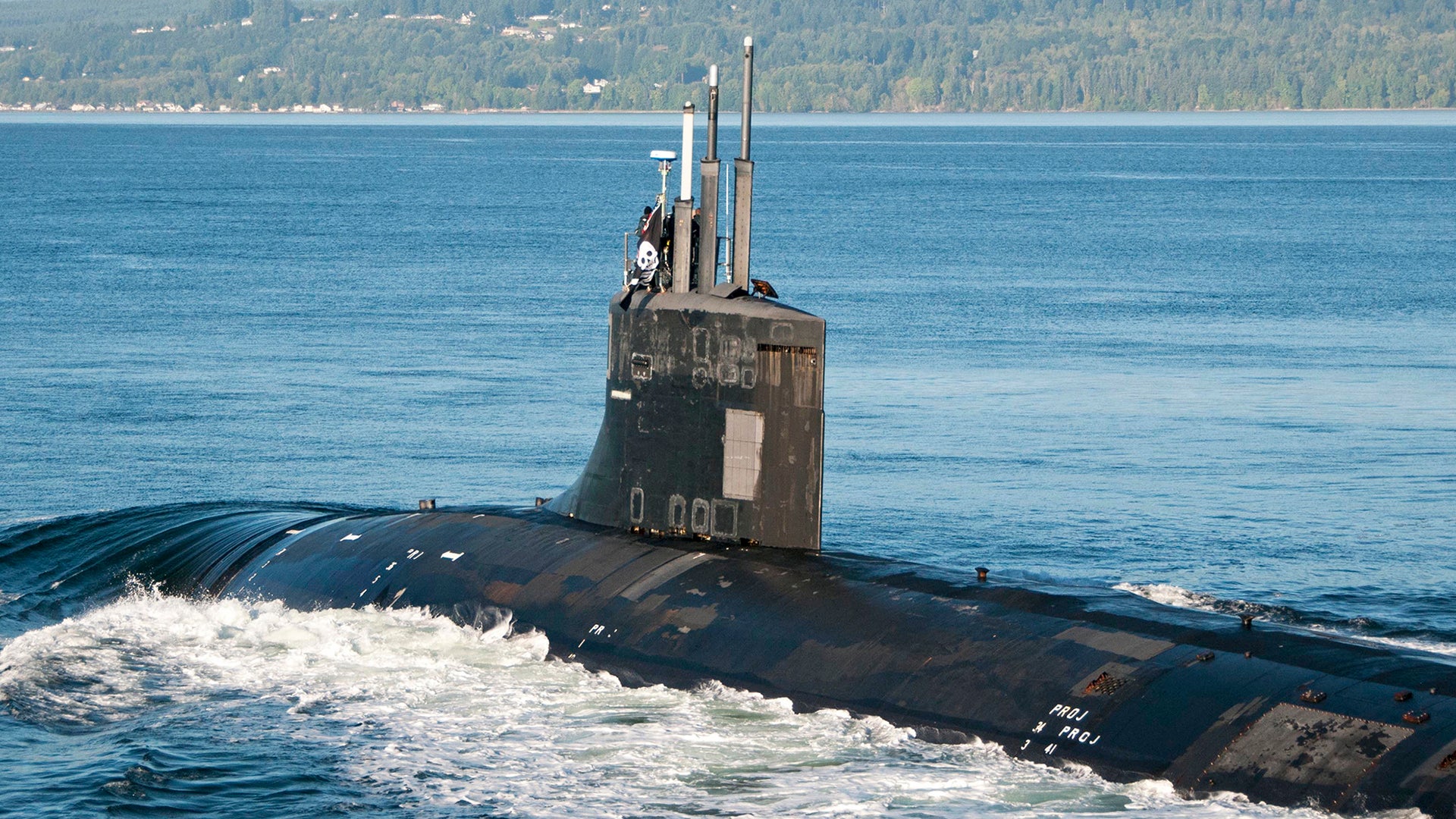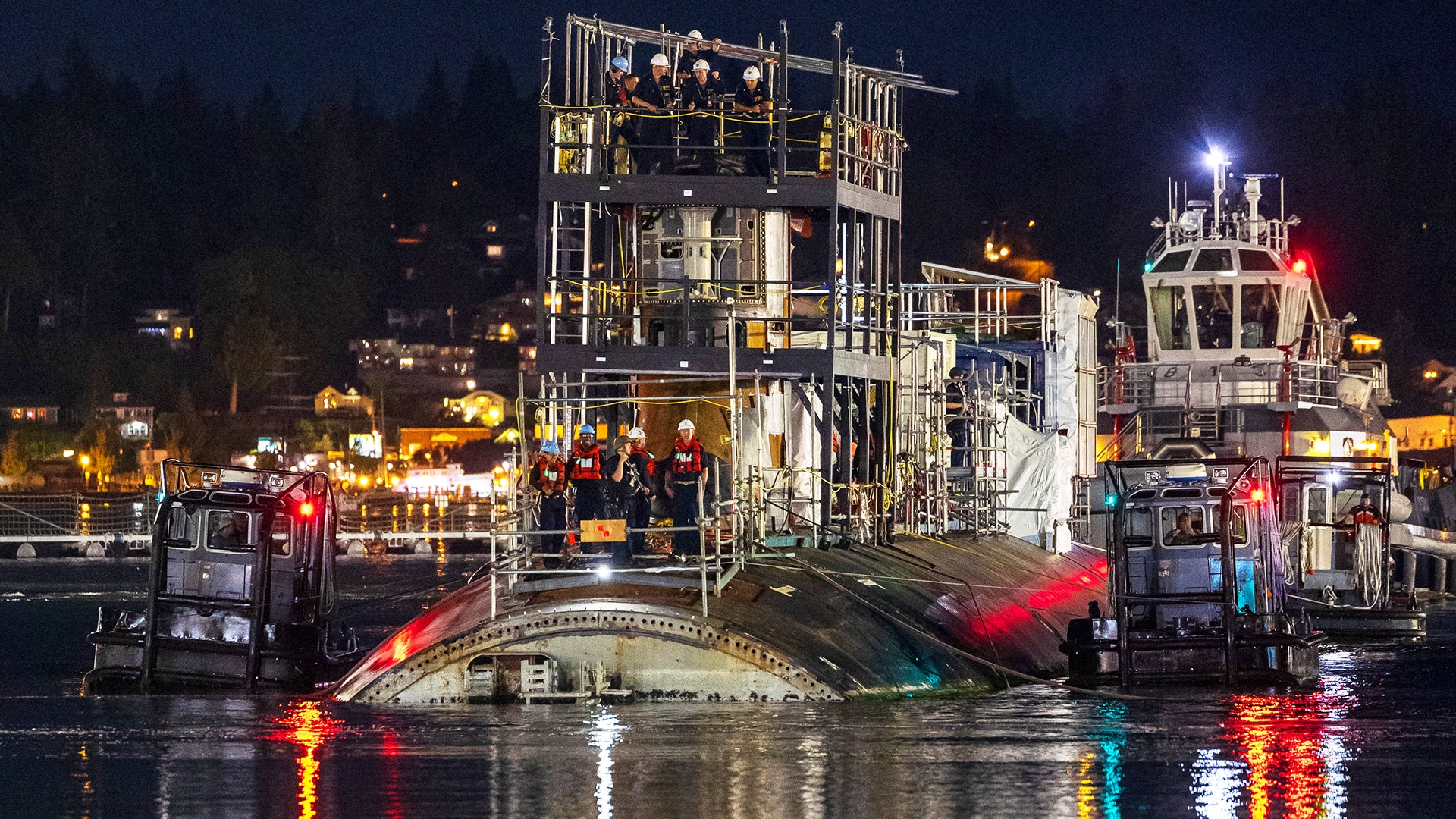I think having a USS Chesapeake will make that vessel particularly unlucky. The runt of the litter of the original six and she had the worst luck. USS President was some nonsense too on the captain's part.
USS
President was commanded at the time of her capture by Stephen Decatur, who was something of a real-life adventure story and remains the youngest person ever to make captain in the USN. His primary claim to fame was sneaking into Tripoli with a raiding party on a captured ketch to retake the USS
Philadelphia from Barbary pirates and burn the ship - a job that got effusive praise from one Horatio Nelson. Fittingly, at the time Decatur was captain of the second incarnation of USS
Enterprise. At the start of the War of 1812 he was in command of USS
United States and managed to defeat and capture the frigate HMS
Macedonian before being blockaded at New London with his squadron in 1813.
Decatur had the misfortune of taking command of USS
President in 1814 after she had been blockaded in New York harbor by a British squadron including three frigates and a razee ship of the line; a winter storm in January 1815 blew the British ships out of position and Decatur tried to slip out for a raiding cruise in the Caribbean. That plan went down the tubes because the harbor pilots had screwed up marking the channel and
President went aground on a sandbar and took major structural damage (
President did have a construction flaw in that she was prone to hogging and twisting). The wind direction didn't permit a return to port, so Decatur tried to sail away from where he thought the blockade squadron was; unfortunately she was spotted and overhauled by the 40-gun frigate HMS
Endymion. Decatur first tried getting
Endymion close enough to board and pull a Grand Theft Frigate
a la John Paul Jones, but
President was too badly crippled to outmaneuver
Endymion and Plan B was to try and knock out the masts and rigging so he could shake pursuit.
Endymion managed to rake
President astern three times, which caused the American ship to surrender after almost six hours of fighting. However, as
Endymion also needed repairs and was short on boats not turned to matchwood, Decatur tried to run, but within hours the other two British frigates caught
President and broadsided her into surrender again.
The British repaired and recommissioned the ship as HMS
President, although by 1818 it was in poor condition and was broken up. The British being the British, they constructed a new HMS
President along similar lines in 1829 (despite the design being obsolete), which aside from a long service career (including the Crimean War and various auxiliary roles until its final dismantling in 1903) spent much of its early service as the flagship of the North American and West Indies station as a cheeky two-finger salute to the USN (adding insult to injury, the station commander at the time was Admiral George Cockburn, who oversaw the burning of Washington D.C.). The latter returned the favor by frequently sending both the original USS
Macedonian and its successor (likewise carrying on the name for trolling purposes) to the same area.
Tangential to your reference to USS
Chesapeake, Decatur served on the court-martial for
Chesapeake's captain following the
Chesapeake-Leopard incident of 1807, and 13 years later Decatur was killed in a dueling challenge by said officer after publicly opposing his reinstatement. The USN has had other ships named
Chesapeake since, but only as auxiliaries or training vessels.





